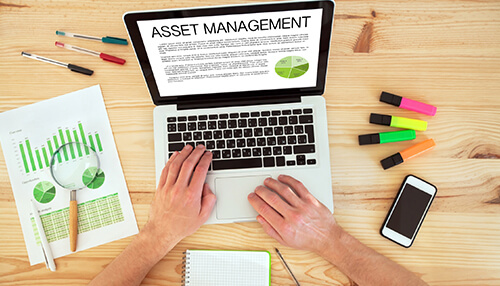Why Small Businesses Need Asset Management
Small businesses are crucial to operating. Their assets are fewer and breaking or missing any asset may have a profound effect on the revenue and productivity. It will affect the operation. Thus, the asset management system is essential to control the data of the asset in one place.
7 Things to Consider When Choosing a Small Business Asset Management System
1. Easy to Use
A business environment requires managing many things and ensuring you get an asset management system in place. Ascertain from the vendor the interface is user-friendly. With easy software, everyone can use it. Complicated software irritates your employees and it is unacceptable and is the cause for failure. Thus, create software that is effective, simple, and less time-consuming.
2. Take Trial
Shortlisting vendors is important, so take a trial of the inventory management software. It is recommended you take the input of many more users and consider their suggestions before deciding. Again narrow down the best options. Ask the vendor for a detailed demo and test the process.
3. Mobile-friendly
The users of smartphones are forecast for 2040 to be over 1.5 billion. People search most time on mobile and do not reach their desktops or laptops. Mobile is handy and so having a mobile-friendly feature is essential. You can check the location and update the Asset Lifecycle Management. Ensure it is easy to comprehend and simple to operate the software.
4. Scalability and Flexibility
The need to customize your technology or product should be addressed. You must inform in advance to the vendor so that they develop the software. There is a need for flexibility to customize software and do it easily by integrating with systems.
5. Pricing
An important factor is pricing. Developing software means you should negotiate the pricing. Opting for the least expensive one is not the way of settling for software. Instead, look for the best features available as it involves inventory management. You may ask them a few essential questions such as:
- How many assets do we get to track
- How many users can use the software
- Is the workflow in the right direction
- The main features of the system
The ongoing costs include support limits, cloud storage limits, additional users, new locations, training limits, and customization costs. All these are a part of the software, so get clarity before signing the deal on all the future costs. Ensure nothing comes as a hidden cost.
6. Support
A business environment in any organization is effective only when the software running is smooth. It should offer all the details about the working of the system. If you experience problems, it should give you support and ensure the efficient operation of the system. You must understand the software to reach a new height with the assistance of the software.
7. Choose a Supplier Valuing Your Business
Implementation is not about placing data alone, it is to consider the user rights, data duplication, reporting, and field names. From the perspective of the supplier relationship, choose an appropriate Asset Lifecycle Management giving value to your business. Having good protocols and following account management ensures there is genuine care. Ensure a good understanding of the software and its implementation. If possible, ask for free trials to test the implementation. Ask for business references from the software suppliers to see if they care for your business. Though they don’t need to give your business references, it shows how they are helpful.



